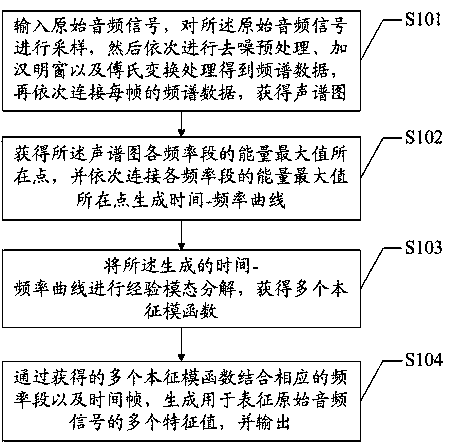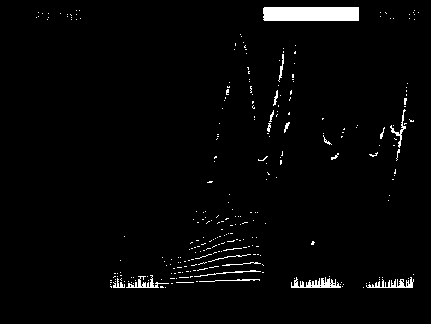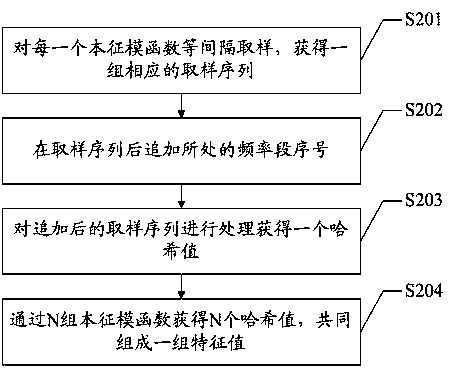An audio recognition method and system based on empirical mode decomposition
An empirical mode decomposition and audio recognition technology, applied in speech recognition, speech analysis, instruments, etc., can solve the problem that the recognition method cannot be complete and fully characterize the audio signal, and achieve the effect of sufficient representation
- Summary
- Abstract
- Description
- Claims
- Application Information
AI Technical Summary
Problems solved by technology
Method used
Image
Examples
Embodiment Construction
[0052] The present invention provides an audio recognition method and system based on empirical mode decomposition. In order to make the purpose, technical solution and effect of the present invention clearer and clearer, the present invention will be further described in detail below. It should be understood that the specific embodiments described here are only used to explain the present invention, not to limit the present invention.
[0053] see figure 1 , figure 1 It is a flow chart of the first embodiment of an audio recognition method based on empirical mode decomposition of the present invention, as shown in the figure, which includes steps:
[0054] S101. Input the original audio signal, sample the original audio signal, then sequentially perform denoising preprocessing, add Hamming window and Fourier transform processing to obtain spectral data, and then sequentially connect the spectral data of each frame to obtain a spectrogram ;
[0055] S102. Obtain the energy ...
PUM
 Login to View More
Login to View More Abstract
Description
Claims
Application Information
 Login to View More
Login to View More - R&D
- Intellectual Property
- Life Sciences
- Materials
- Tech Scout
- Unparalleled Data Quality
- Higher Quality Content
- 60% Fewer Hallucinations
Browse by: Latest US Patents, China's latest patents, Technical Efficacy Thesaurus, Application Domain, Technology Topic, Popular Technical Reports.
© 2025 PatSnap. All rights reserved.Legal|Privacy policy|Modern Slavery Act Transparency Statement|Sitemap|About US| Contact US: help@patsnap.com



